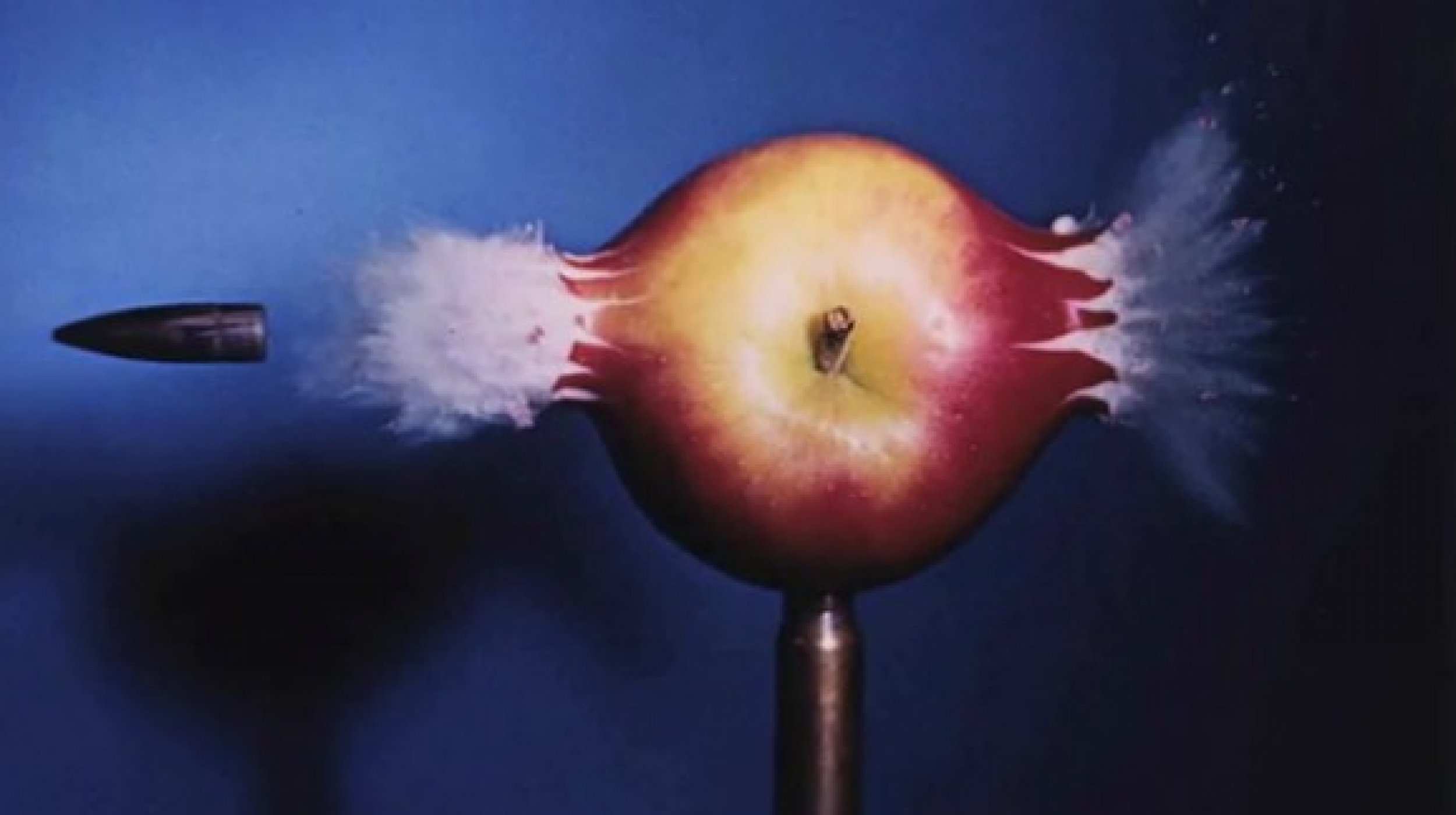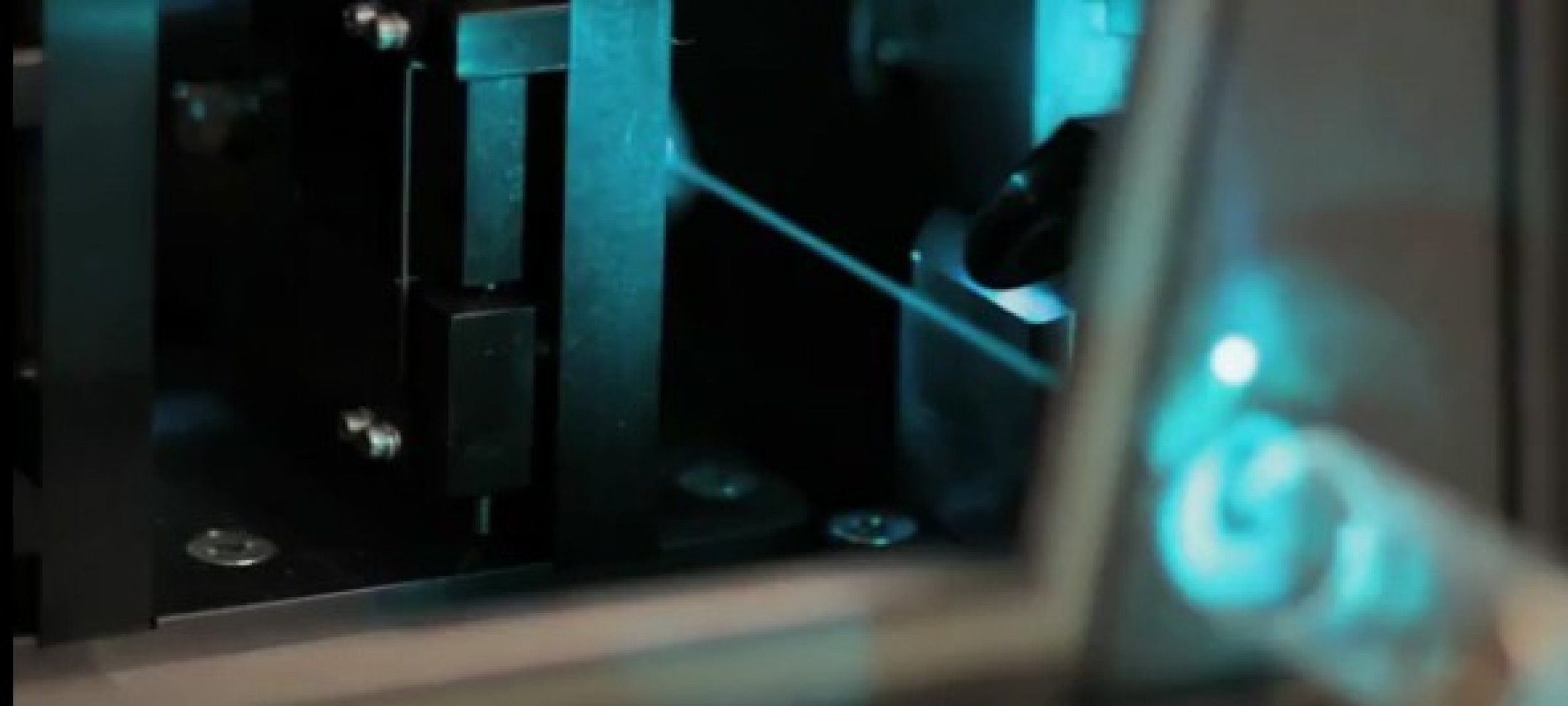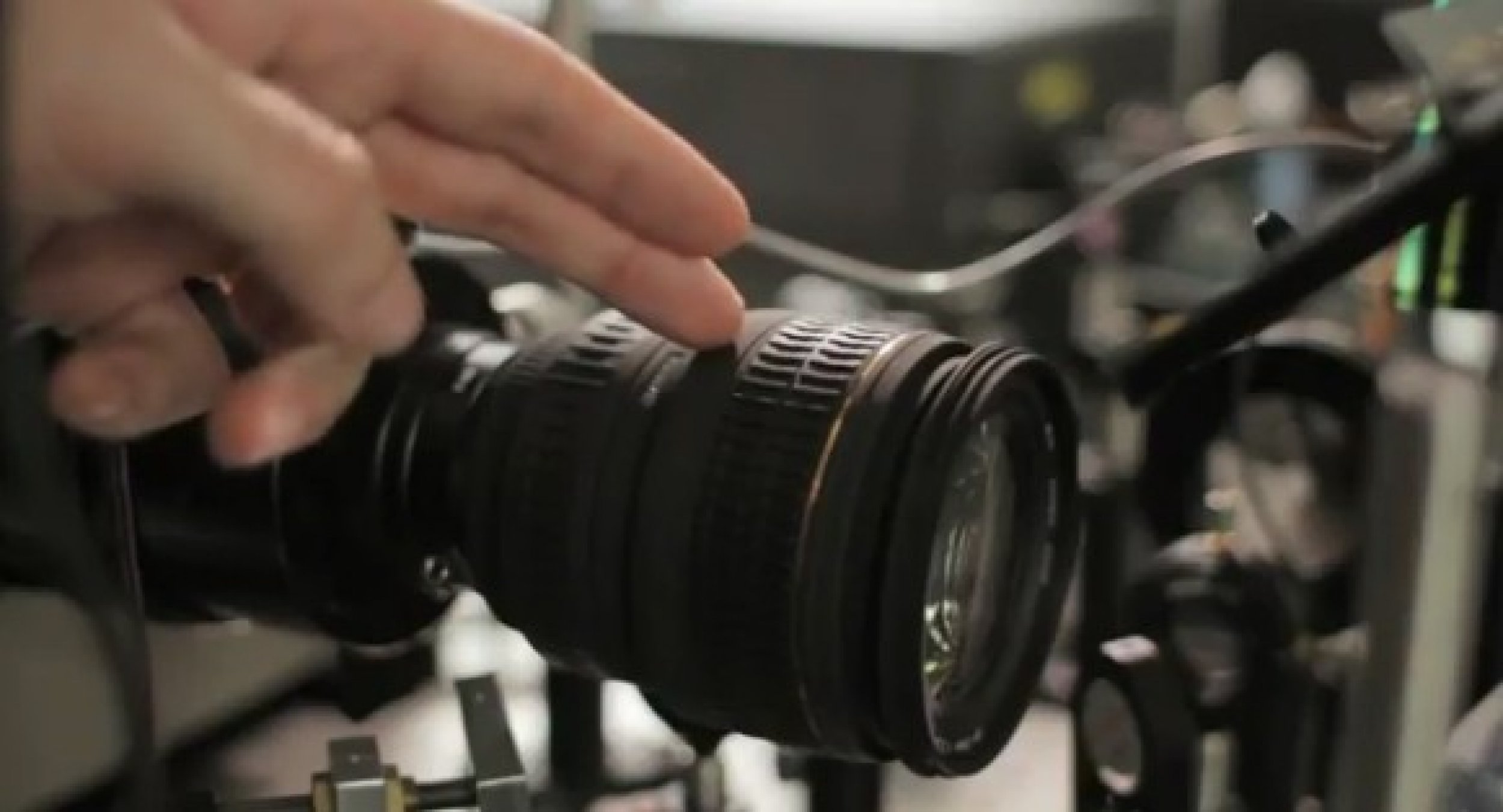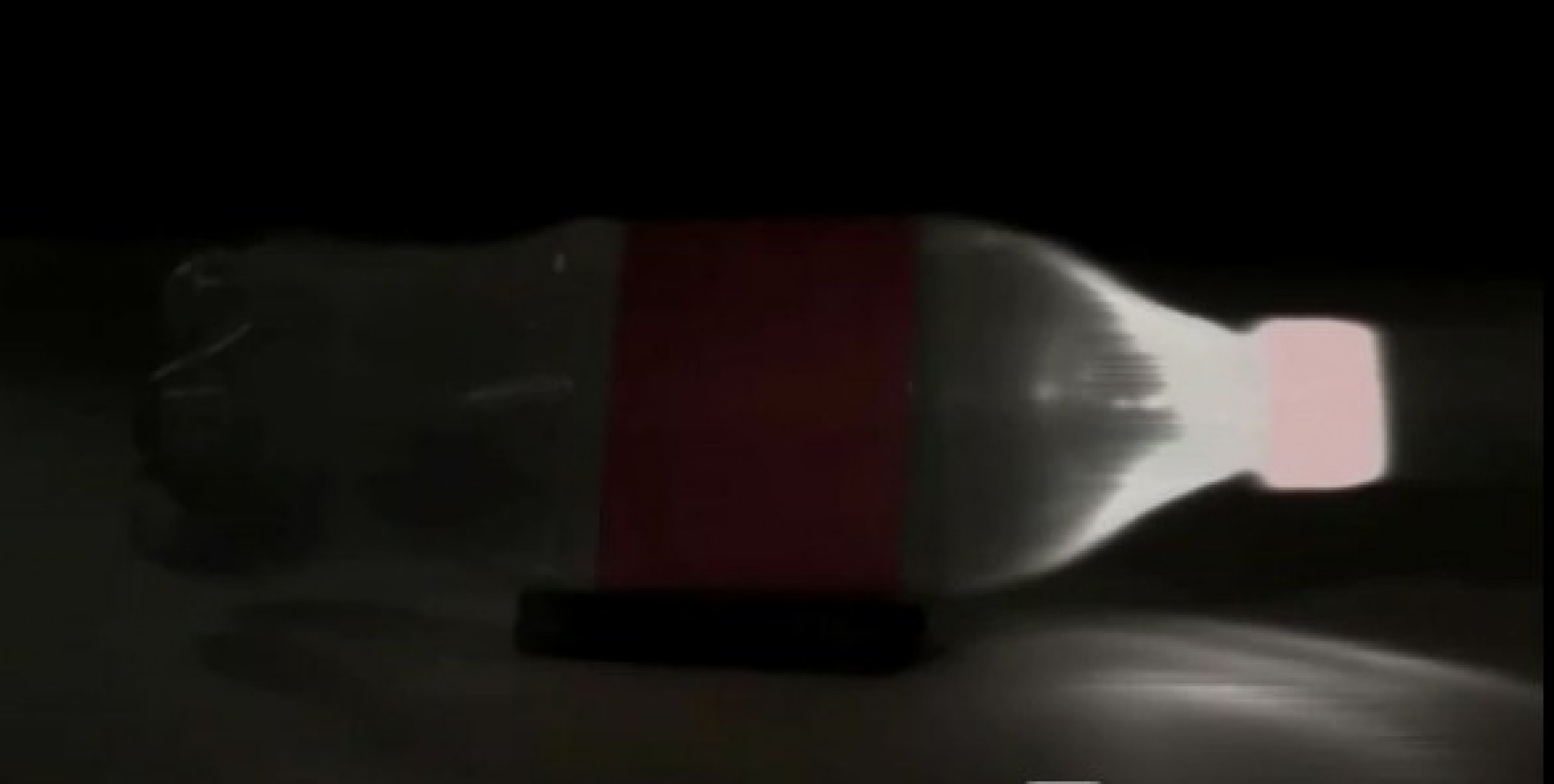MIT Ultra-Fast Trillion FPS Camera Can Capture Light Movement in Slow Motion [PHOTOS, VIDEO]
An MIT Media Lab team, comprising of Associate Professor Ramesh Raskar and Andreas Velten, a Postdoctoral Associate in MIT) has invented a marvelous, ultra-fast imaging system that can capture photons or light particles, which move million times faster than bullet, in slow motion. How does it do it? Well, it can shoot at trillion frames per second (fps)!
For better understanding of what this technology means, let us analyze how the human eye watches a movie. FPS means number of frames (image) which appear (passes or rolls) for a second. It is known that the human eye can capture 10-12 frames per second. It means that the human eye can process 10-12 separate images per second and perceive them individually.
So any higher FPS than this (10-12) will give the illusion of continuous motion even though different and separate images keep passing. Hence, a movie, which uses 24 fps, appear continuous to the human eye.
Advancement in technology has allowed humans to develop cameras with higher fps. It means we can capture very fast moving objects like an arrow or even a bullet (as seen in the image below) in slow motion. But how about the movement of light? Can we capture the movement of light in slow motion? Probably not, because the speed of light is approx. 186,000 miles per second.
However, the impossible has been made possible by the MIT team, which has created a special imaging system. This imaging system, which uses a ‘streak camera,’ boasts of trillion fps and is capable of capturing photons or bullets of light traveling through space.
The system relies on a recent technology called a streak camera, deployed in a totally unexpected way. The aperture of the streak camera is a narrow slit. Particles of light — photons — enter the camera through the slit and are converted into electrons, which pass through an electric field that deflects them in a direction perpendicular to the slit. Because the electric field is changing very rapidly, it deflects the electrons corresponding to late-arriving photons more than it does those corresponding to early arriving ones.
The image produced by the camera is thus two-dimensional, but only one of the dimensions — the one corresponding to the direction of the slit — is spatial. The other dimension, corresponding to the degree of deflection, is time. The image thus represents the time of arrival of photons passing through a one-dimensional slice of space, Larry Hardesty reported for MITNews.
Velten, one of the system's developers, explains in simpler terms. We have used a very regular pulse light source and the camera, that is not one camera but an array of 500 sensors, each triggered at a trillion of a second delay, Velten said.
So even though each of our sensor is slow, we can still capture a fast movie, he said.
Velten calls the camera the ultimate in slow motion. There's nothing in the universe that looks fast to this camera, he said.
According to Raskar, such a camera will be useful in medical imaging such as ultrasound scanning with light, for scientific or industrial use (e.g., testing the defect of products by analyzing the scattered light against the product) or, in the future, even in consumer photography (it could be possible to use an inexpensive compact camera with tiny flash and create the illusion of expensive studio-class lighting).
Nils Abramson, a professor of applied holography at Sweden’s Royal Institute of Technology, was all praise for this technology. It's very interesting work. I am very impressed, Abramson said. Abramson had pioneered in the late 1970s, a technique called light-in-flight holography, which ultimately proved able to capture images of light waves at a rate of 100 billion frames per second.
Want to buy this camera? You may have to dig deep into your pockets. The streak camera and the laser that generates the light pulses carry a combined price tag of $250,000. The equipment was provided to Raskar's team by Moungi Bawendi, the Lester Wolfe Professor of Chemistry and the pioneer in research on quantum dots.
And, no. This camera cannot be applied in motion pictures since it only captures one-dimensional image. But who knows? In the future, it might be possible to experience the wonders of Hollywood movies in incredibly slow-motion details.
Check out the video and photos below.





© Copyright IBTimes 2024. All rights reserved.



















